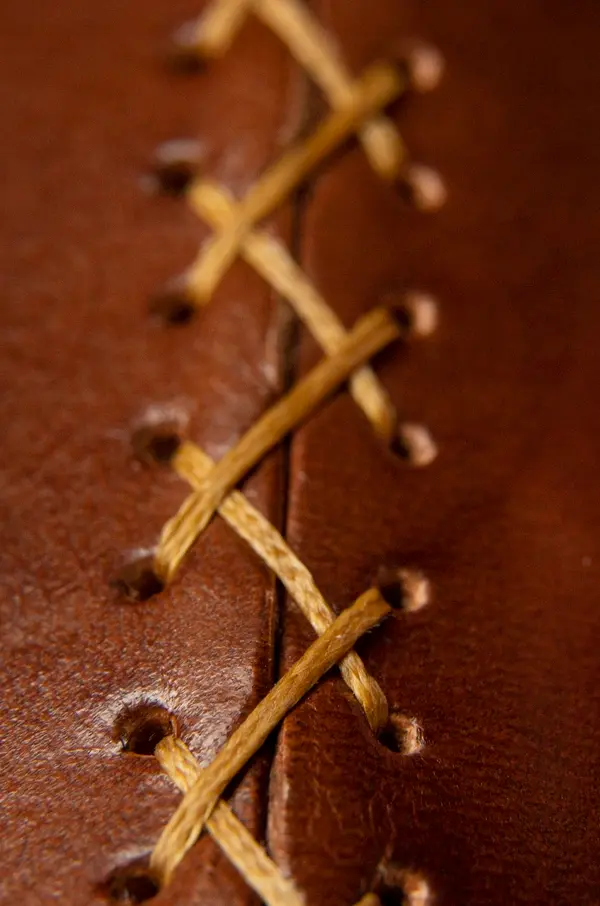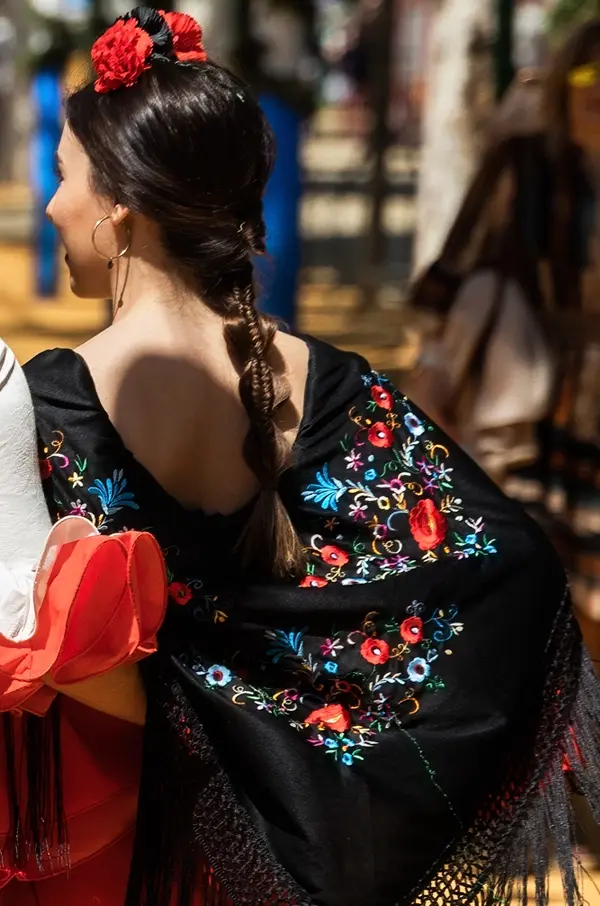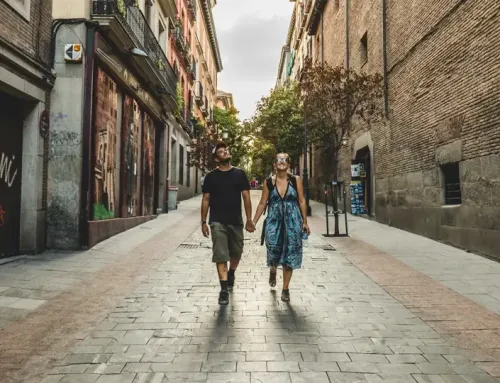Spain in 10 Objects: Celebrate Spanish Craftsmanship and Culture
Spain is a country that always enchants with its vibrant colors, rich history, and passionate spirit. From its bustling cities to its quiet villages, Spain is a mosaic of cultures, traditions, and creativity.
One of the most endearing aspects of Spain is its deep-rooted tradition of craftsmanship, where skill, artistry, and cultural heritage come together to create objects that are as beautiful as they are meaningful.
Spanish crafts are much more than souvenirs. They are a reflection of the country’s diverse regions and the stories woven into their history. Whether it’s a piece of pottery passed down through generations or a handmade fan that dances in the air, these objects embody the heart and soul of Spain.
Let’s take a closer look at 10 iconic objects that capture the essence of Spanish culture and craftsmanship.
1. CERAMICS FROM TALAVERA DE LA REINA (TOLEDO)
Talavera de la Reina is known for its exquisite ceramics, recognized for their vibrant colors and intricate designs. These ceramics date back to the 16th century when local artisans perfected their craft using techniques that combined Spanish, Islamic, and Italian influences. Each piece is handcrafted and hand-painted, making it a unique work of art.
The bright blues, greens, and yellows are a hallmark of Talavera pottery, often having floral motifs or historical scenes. These ceramics are a perfect gift for those who appreciate both beauty and history.
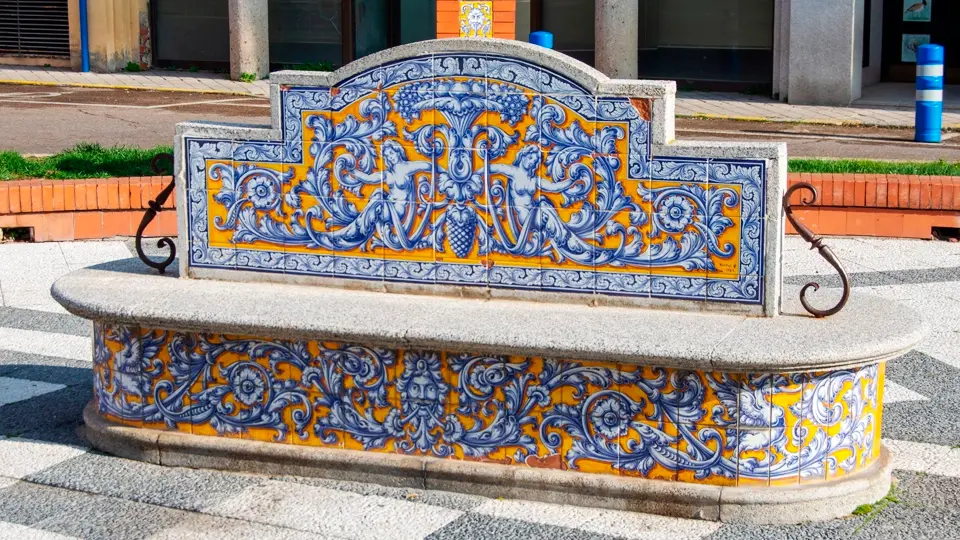
2. ESPADRILLES (ALPARGATAS)
Spanish espadrilles are a proof of the Spanish style, comfort, and utility. These lightweight, canvas shoes with jute soles have been a staple in Spanish wardrobes for centuries.
Originating in the Pyrenees, espadrilles were traditionally worn by farmers and peasants. Today, they are a fashion statement, loved by everyone from locals to celebrities. Made by hand in various regions, each pair of espadrilles carries with it a piece of Spanish history and a sense of timeless, effortless chic.
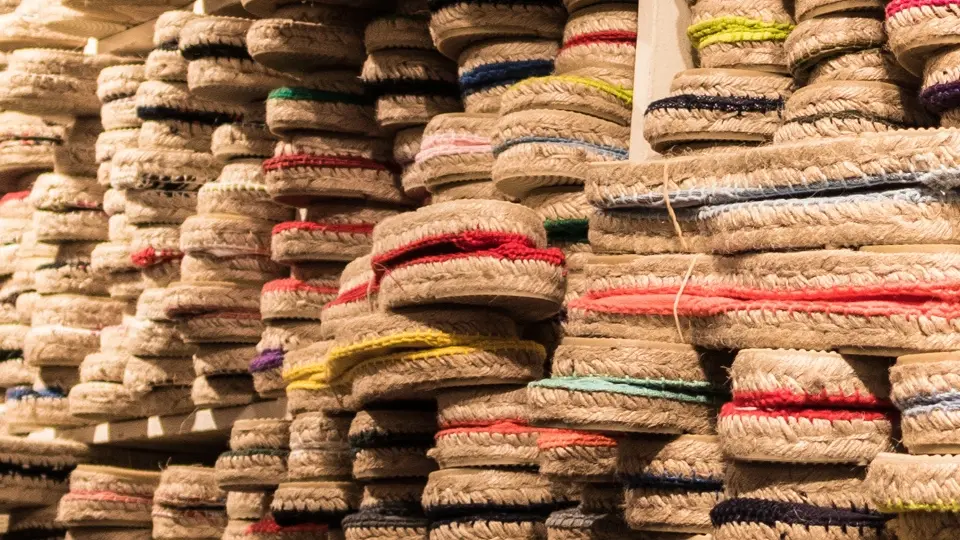
3. CASTANETS (CASTAÑUELAS)
The rhythmic clatter of castanets is synonymous with Spanish music and dance, especially in the flamenco tradition. These small, handheld percussion instruments, crafted from wood or fiberglass, create a distinctive, clicking sound that brings life and emotion to the dance floor.
Castanets are an extension of the dancer’s body, adding an auditory layer to the visual drama of the performance. They are a beloved symbol of Spain’s musical heritage and a perfect reminder of the country’s passion and vibrancy.
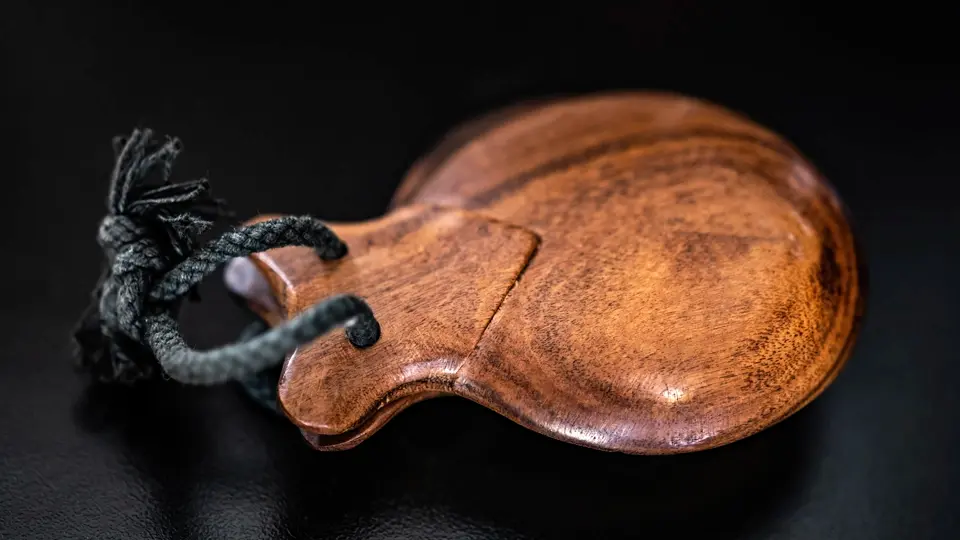
4. WINE SKIN (BOTA DE VINO)
The wine skin, or “bota de vino”, is a proof of Spain’s love affair with wine. Traditionally made from goat or cowhide and lined with pitch or latex, these durable containers have been used for centuries to transport wine, water, or other liquids.
They are still popular among hikers and travelers for their practicality and vintage charm. A wine skin represents the Spanish spirit of adventure, where a good drink is always better when shared with friends.
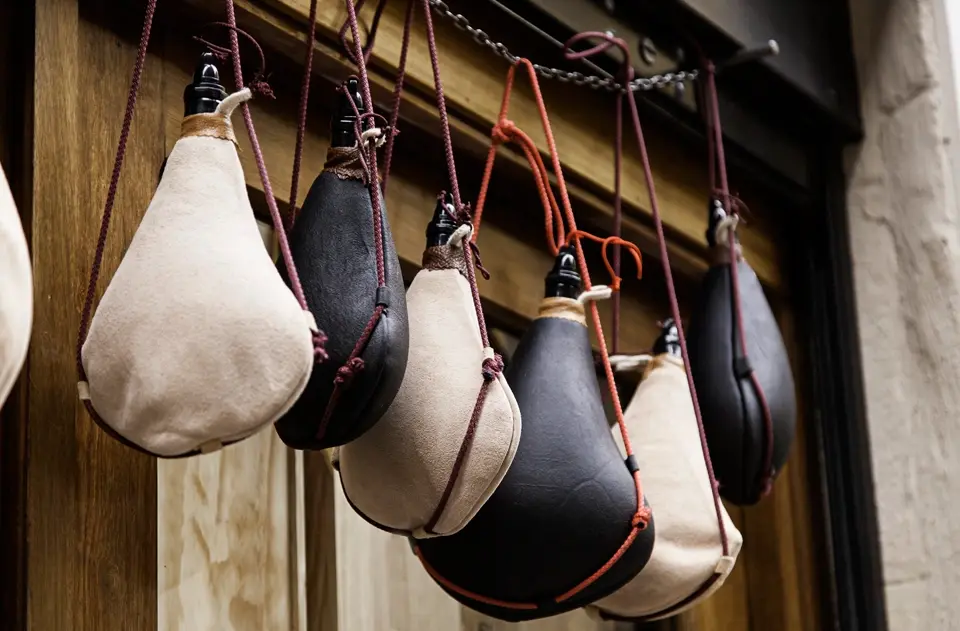
5. FAN (ABANICO)
The Spanish fan, or “abanico”, is a practical tool and also a cultural icon. Hand-painted and often intricately designed, fans are a staple in Spanish life, especially in the warmer southern regions.
Beyond their practical use for staying cool, fans are an art form, a means of communication, and an accessory that adds flair to any outfit. Whether you’re watching a flamenco performance or strolling through a summer festival, the fan is a essential piece of Spanish culture and it helps you stay cooler.
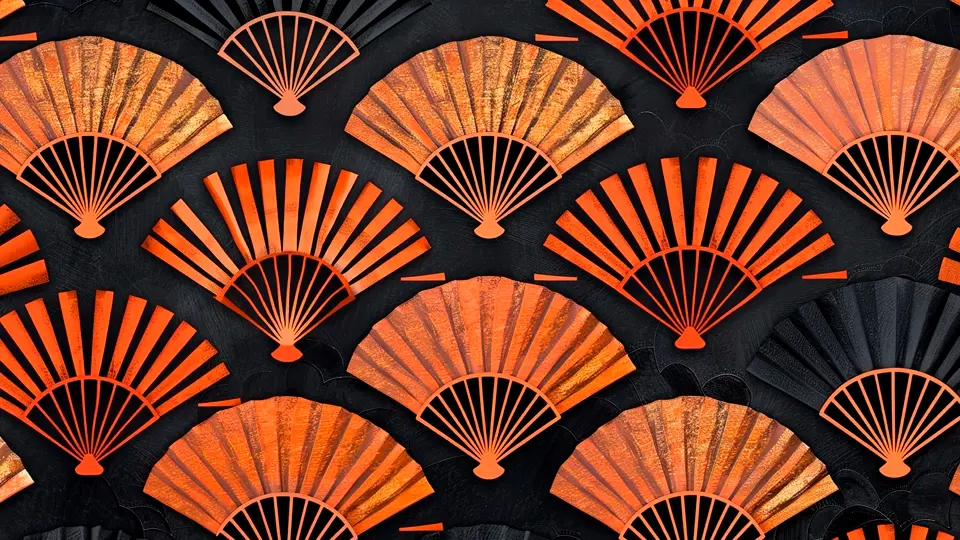
6. BASQUE BERET (TXAPELA VASCA)
The “txapela”, or Basque beret, is a symbol of pride in the Basque Country. Worn by both men and women, this simple wool hat represents a connection to the land and its traditions. Originally designed to protect shepherds from the sun and rain, the beret has become a cultural emblem of resilience and identity.
Today, the Basque beret is still made by hand in the traditional way, preserving its status as a timeless accessory that speaks to the enduring spirit of the Basque people.

7. TRADITIONAL SASH OF SAN FERMÍN (FAJÍN DE SAN FERMÍN)
The red sash worn during the San Fermín festival in Pamplona, Navarra, is instantly recognizable. Tied around the waist or neck, this vibrant piece of cloth symbolizes the energy and excitement of the festival, which is famous worldwide for its Running of the Bulls.
The sash is not only a colorful accessory but also a sign of community and celebration, reminding everyone who wears it of the shared joy and traditions that bring people together.
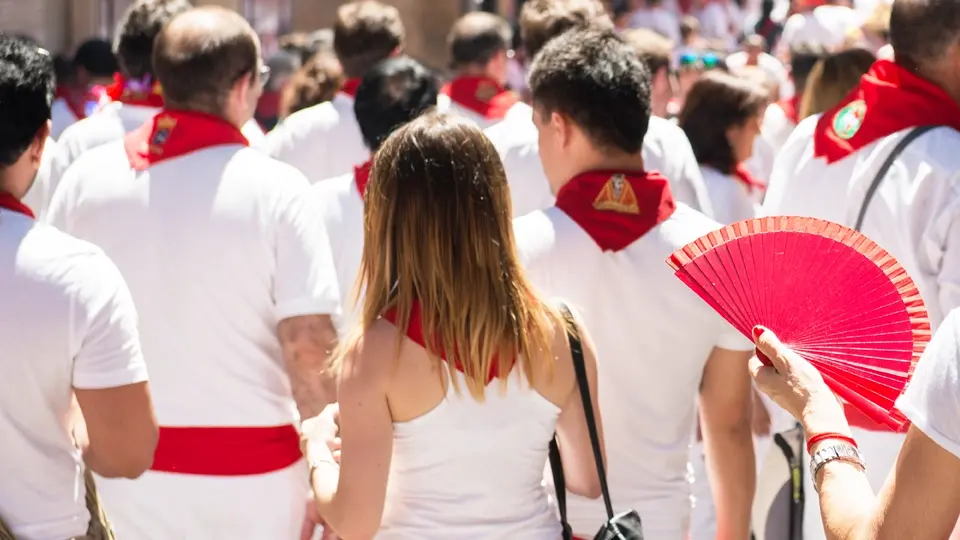
8. LACE AND SHAWLS (PUNTILLAS Y MANTONES)
Spanish lacework and shawls are known for their delicate beauty and craftsmanship. Made by skilled artisans, lace is used to create intricate mantillas (veils) and mantones (shawls), often worn during religious ceremonies, weddings, and festivals.
These pieces are handwoven with incredible detail, showing floral and geometric patterns that reflect regional styles. Whether draped over the shoulders or worn as a headdress, they add an air of elegance and grace to any occasion.
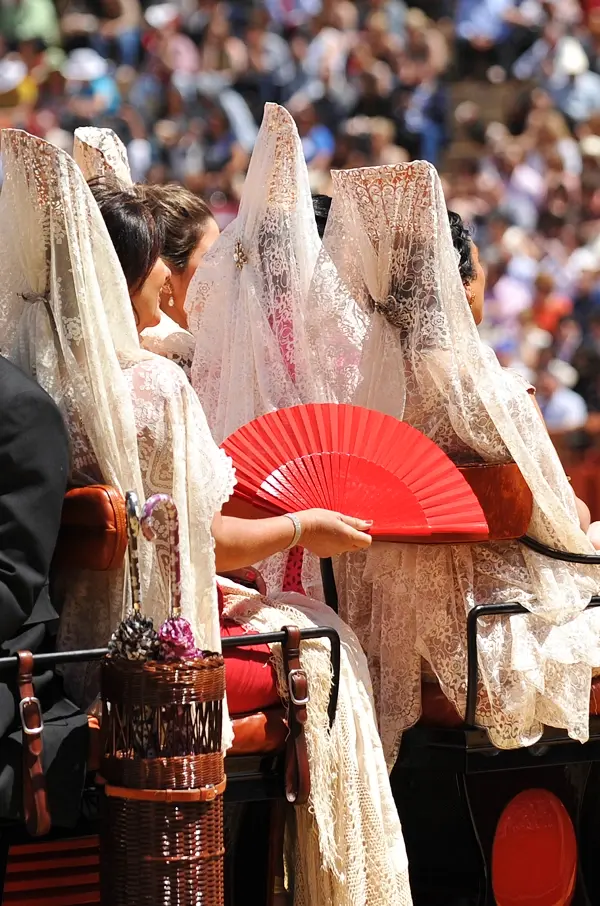
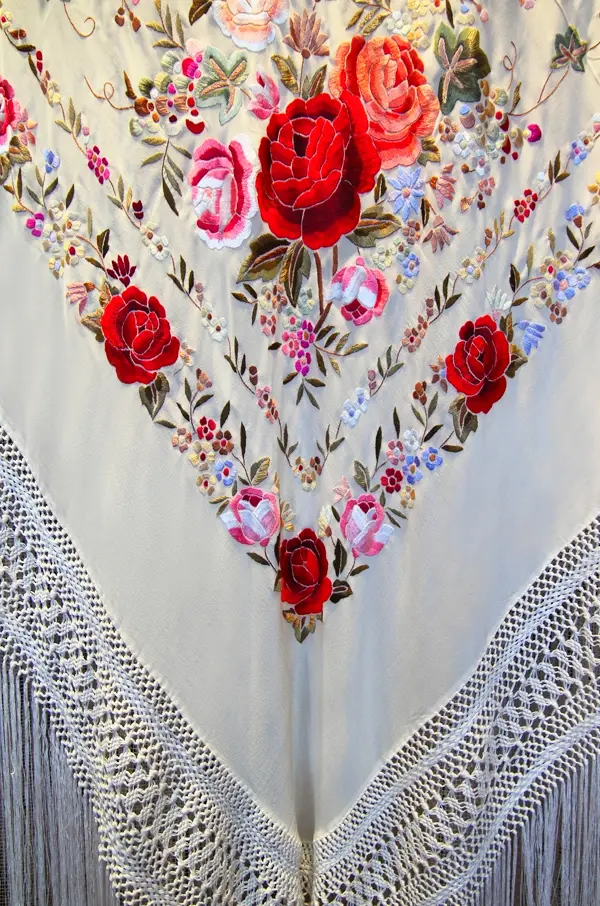
9. LEATHER GOODS (CUERO) FROM ANDALUSIA
Andalusia is famous for its leather goods, particularly belts, bags, and shoes, crafted by hand using traditional methods passed down through generations. The region’s rich history of leatherwork dates back to the Moorish era, and today, Andalusian artisans continue to create high-quality, durable products that blend practicality with style.
Each piece is evidence of Spain’s enduring craftsmanship and its ability to transform simple materials into something extraordinary.
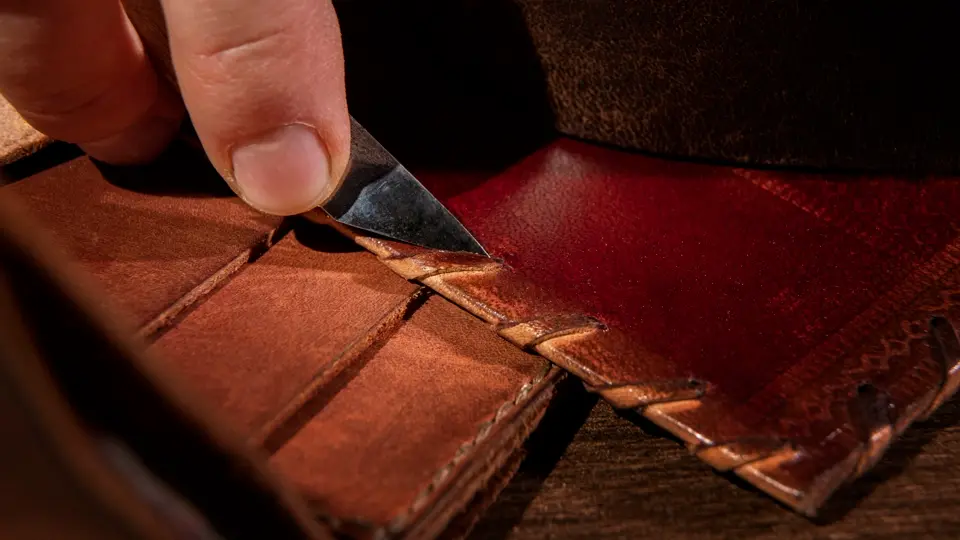
10. BAGPIPES (GAITA) FROM GALICIA
The haunting melodies of the Galician bagpipes, or “gaita”, evoke the rugged landscapes and Celtic roots of Spain’s Northwest region. Unlike the more commonly known Scottish bagpipes, the Galician gaita has its own unique sound and structure. Played in traditional folk music, the gaita is an essential part of Galician culture, bringing people together for dances, festivals, and celebrations.
The bagpipes are a beautiful reminder of Spain’s diverse musical heritage and its ability to adapt and evolve while preserving its unique identity.
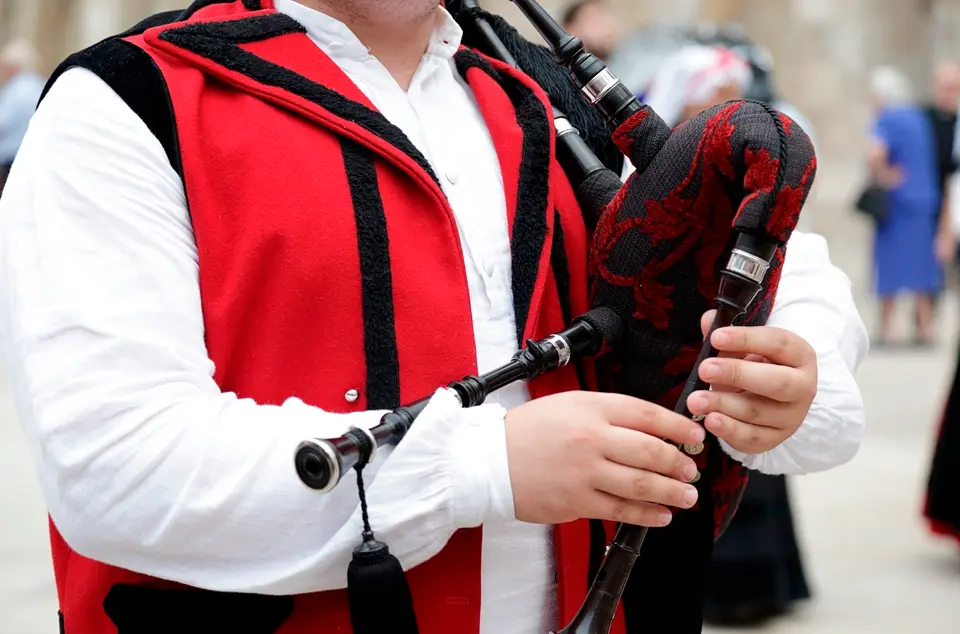
KNOW SPAIN BETTER THROUGH THESE OBJECTS
As you can see, these objects are not just things to have. They are symbols of a nation that values its heritage, its artisans, and its ability to create with heart and soul.
Each item has its own story, it has a tradition, and carries a piece of Spain to be shared and cherished everywhere around the world.
Next time when you think of Spain, think of these objects – and remember that there is always more to discover about this wonderful, passionate country. Stay close!
